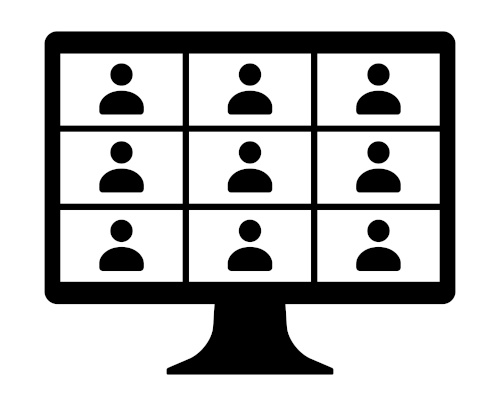While many American parents and students say they are now ready to move on from the COVID-19 pandemic – 77 percent of the U.S. population has received at least one dose of the vaccine, a number that has not changed much in recent months – the coronavirus seems likely to remain with us in some form for the time being. The number of infections is once again rising in the U.K. and Europe, which may presage another wave of cases here in the U.S. This potential disruption comes exactly two years since the vast majority of U.S. schools shut their doors and transitioned to remote learning in response to the start of the pandemic.
Since that time, educators, parents, and experts have debated the pros and cons of virtual education compared to the traditional in-person learning environment. It’s important to take stock of what we’ve learned about virtual education over the past two years, so that we can continue providing the best possible learning experience for students.
It has become accepted wisdom in some quarters that remote education is simply worse across the board for students than traditional in-person models. Certain studies have blamed virtual education for learning loss, social isolation, mental health and behavioral issues, and more. However, using remote learning as a catch-all for a variety of school-related challenges (many of which existed before the pandemic) misses some nuances.
The experience of my organization, the Foundation for Teaching Economics (FTE) – which provided mostly in-person economics classes and curriculum to high school teachers and students, before transitioning to virtual instruction because of COVID-19 – shows some of the positive aspects of the remote learning experience.
A recent study by Curriculum Associates found that other factors beyond remote learning may have been responsible for slowing academic achievement during the pandemic. In particular, the study indicated that the pandemic may have simply exacerbated existing inequities in education, with students of color and those from low-income households most likely to fall further behind. As a result of our experience at FTE over the past two years, we believe virtual learning can be a partial solution to, rather than a cause of, these issues.
Because virtual education is less wedded to specific geographic areas and time blocks during the day, students don’t need to be physically present on a strict schedule in order to engage with educational content. This can benefit students and families with irregular routines or distance-related challenges. At FTE, we found that virtual tools allowed us to serve more students and teachers from across the country, which has created a fuller and more diverse student body, thanks to reduced travel costs.
Another COVID-related challenge over the past two years relates to student attendance: many schools have reported an increase in dropouts and no-shows among virtual students. However, our experience at FTE tells a different story. Our attrition since COVID-19 began has been less than 1.5 percent. Of the 888 students who enrolled in our most recent virtual economics courses, only 12 dropped out.
It’s also important to note that not all remote learning is created equal. In order for virtual learning to match the in-person experience, instructors must use technology creatively and engage learners in new ways. When done right, our experience at FTE shows that virtual education is a credible option. The proof is in our enrollment numbers; since we started offering separate in-person and virtual-only programs this year, we’ve seen interest in both programs. Teachers have gravitated to online instruction in our professional development programs in significant numbers, with 161 virtual enrollees and 77 for in-person. For our Summer 2022 student programs, we currently have 68 virtual enrollees and 241 for in-person. In other words, students aren’t abandoning the virtual model as soon as the in-person alternative returns, as many believed they would.
Now that K-12 schools and universities have invested in virtual education for two years and made it a critical part of their COVID-era curricula, I believe it will remain fundamental to the American educational experience into the future. The toothpaste isn’t going back in the tube, so it’s important to get virtual education right. While it isn’t a panacea, our experience shows that virtual education is a viable option and can help mitigate certain pre-existing inequities in education.
As the Class of 2022 nears graduation this spring, I hope parents and teachers will keep an open mind about the potential benefits of virtual education and continue to fine-tune it for the Class of 2023 and beyond.
- 5 digital resources to inspire curiosity and engage students - April 30, 2024
- Critical steps to help school districts combat ransomware attacks - April 30, 2024
- Empowering girls with STEM education to build tomorrow’s tech industry - April 29, 2024

